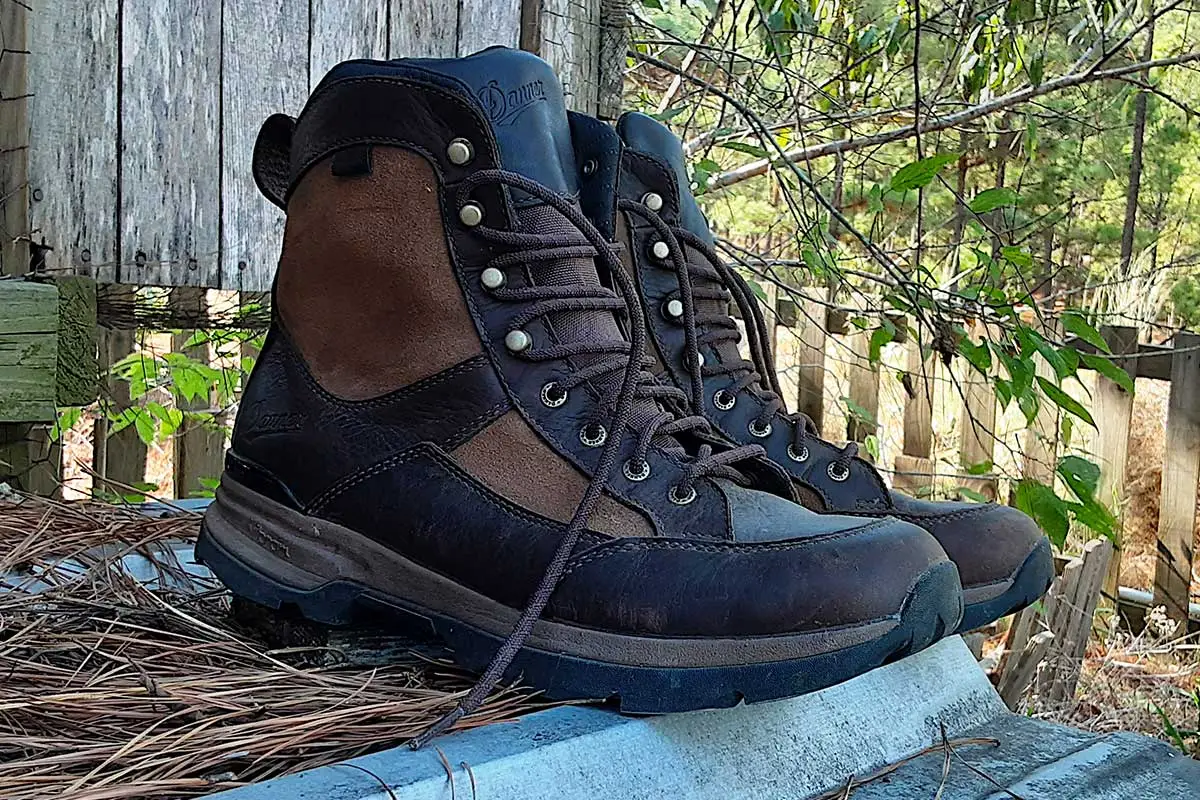Are you tired of the hassle of constantly tying your high-top hunting boots to the top? Fear not, as we have the solution for you!
This guide will explore the art of lacing high-top hunting boots without tying them up. Whether you’re gearing up for a rugged outdoor adventure or simply seeking a more comfortable and convenient lacing method, we’ve got you covered.
Let’s dive into the techniques that will keep your boots secure and snug without the fuss of traditional lacing methods.
Lacing high-top hunting boots
Tieng your shoes is simple. You’ve probably been doing it for years and have not given much thought. Things are different when it comes to lacing and knotting your hiking boots.
You must ensure that your foot is securely fastened inside the boot so that it does not slip and cause blisters while also paying close attention to your foot’s dimensions and areas that tend to swell. Thinking about tying your shoes in that manner can be overwhelming.
A quick Google search of “how to lace hiking boots” turned up lacing technique after lacing technique. After trying a few, we compiled a list of our favorites based on what we value most when on the trail: a secure fit, lacing for various foot types, and simplicity.
Hiking boot knots
There are also many knots when tying your boots, all customizable for different situations.
1. Overhand knot
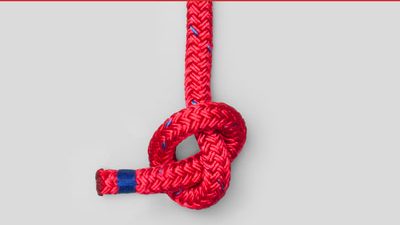
This is the most common method for securing tension under a knot. You probably learned it when you learned to tie your shoes. Take the two laces, cross one over the other, loop it underneath the X you just made, and pull the ends apart. This creates a loop that holds all of your lacing in place below it, which you can tie off however you want.
2. Surgeon’s knot
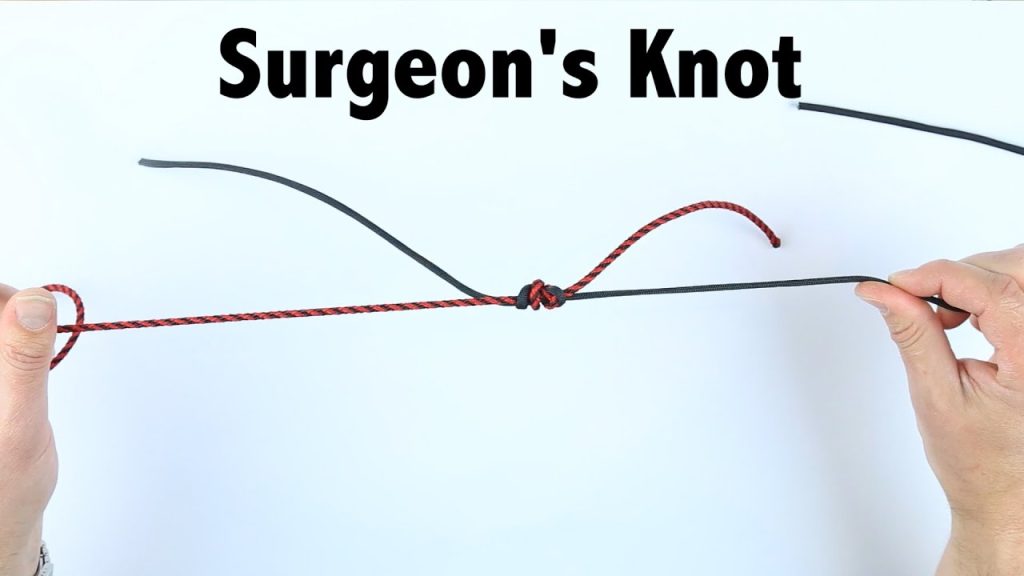
A surgeon’s knot achieves the same result as an overhand knot but is slightly more secure. Essentially, you make an overhand knot and loop a lace underneath again.
The extra loop increases friction, which holds more tension. This is a safe and reliable option if you want to lock off tension below the knot.
The Surgeon’s Knot can also be used throughout the tying process after looping around each hook; however, leave enough space between each knot to avoid cutting off circulation.
3. Granny knot
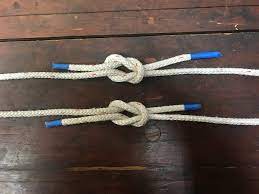
The granny knot is used to complete an overhand or surgeon’s knot. Pull your laces tight, then double one of them back on itself to form a “bunny ear.”
Wrap the other lace around the rabbit’s ear., creating a loop Using your thumb. Use your index finger to hold the lace’s loose end against your thumb and push it.
Through the loop, form a second bunny ear. Hold one bunny ear and the other with the opposite hand, then tighten. You’ve made a granny knot if the bunny ears run lengthwise down your foot.
You’ve made a square knot if they run across your foot width-wise. The square knot is the more secure of the two.
4. Quick-pull knot
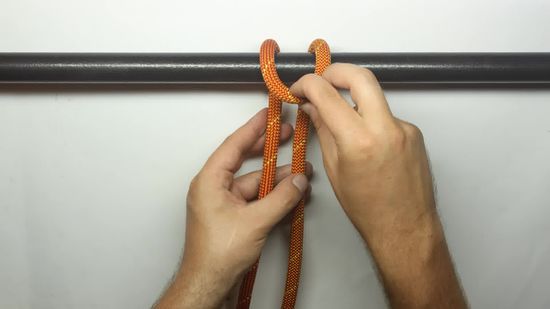
The quick-pull knot, also known as the “quick-release knot” or “quick-release hitch,” is a simple and effective way to secure objects temporarily. Its usefulness shines through in situations requiring quick knotting and easy untying.
To tie the knot, wrap the rope or cord around the object, then cross the working end over the standing part and wrap it around again to form a loop. Thread the working end through this loop, then tighten it by pulling the working end and the standing part in opposite directions.
The knot securely fastens the object, and when it’s time to let go, pull on the working end, and the knot will unravel quickly. Its simplicity and adaptability make it an excellent addition to one’s knot repertoire for securing tarps, tying down loads, and fashioning a makeshift clothesline.
5. The Heel Lock
This is one of the simplest and most essential ways to lace your boots. The lace lock prevents your heel from sliding up and down and the rest of your foot from sliding back and forth in your boot, which can result in friction blisters.
It also offers additional stability for “low-volume” or narrow feet. This lock is also ideal if you want a snug, secure fit around your foot without completely cutting off blood circulation to your feet. Use the top hooks to perform a heel lock. Typically, there are two on each side of an ankle boot.
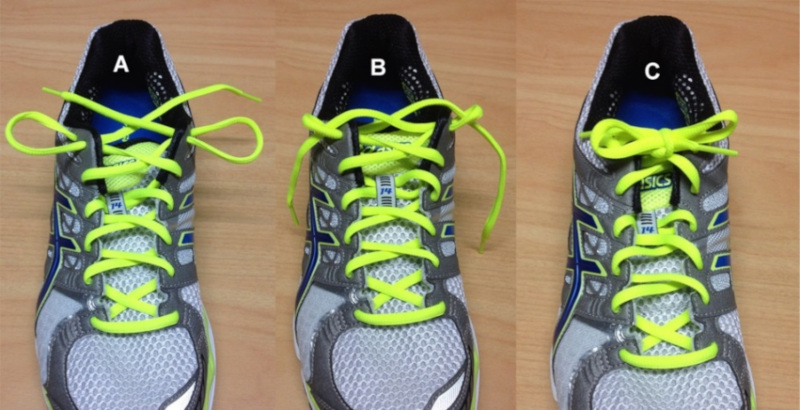
Lace your shoes however you want up to the hooks, then instead of crossing them diagonally, pull them straight up through both hooks. Then, cross the laces, pull them down to the lower hooks, and tie them. This will keep your heel securely in your boot.
A heel lock can also be modified to fit a low-cut boot with eyelets. In these boots, the final two eyelets will be next to each other rather than one on top of the other.
Pull your laces up through the first eyelet and down through the next eyelet on the same side, but don’t tighten them; leave a loop. Next, lace back through the loops you made and pull up against them to keep your heel snug in the boot.
FAQs
- How do I lace my high-top hunting boots without tying them up?
You can get a secure fit without tying to the top using the heel lock method, which keeps your shoes snug but comfortable.
- What are the advantages of using a quick-pull knot for hunting boot lacing?
The quick-pull knot is a simple but effective way to temporarily secure your boots, allowing for easy untying when necessary, which is especially useful during outdoor activities.
- Which knot is best for securing tension under a knot while lacing hiking boots?
The overhand knot is commonly used to secure tension under a knot, offering a simple yet dependable way to keep your lacing in place.
- How does the heel lock method improve foot comfort while hiking or hunting?
The heel lock method keeps your heel from sliding up and down, reducing friction blisters and providing extra stability, particularly for narrow feet while maintaining a snug fit without cutting off circulation.
- What is the distinction between granny and square knots when tying hiking boots?
Granny knots are less secure than square knots. The orientation of the “bunny ears” formed determines whether they are a granny knot or a square knot.
- When is a surgeon’s knot appropriate for lacing high-top hunting boots?
A surgeon’s knot is ideal for situations that require extra security and tension, such as locking off tension below the knot to ensure a secure and reliable lacing method.
Conclusion
In mastering the art of lacing high-top hunting boots, one can discover a realm of techniques that offer security and comfort without needing to tie them all the way up.
By exploring methods like the heel lock, quick-pull knot, and various knot variations, individuals can tailor their lacing to their specific needs, whether for stability, ease of untying or securing tension.
These approaches enhance the functionality of hunting boots and elevate the overall experience of outdoor adventures by providing a snug and reliable fit tailored to individual preferences and foot types.

